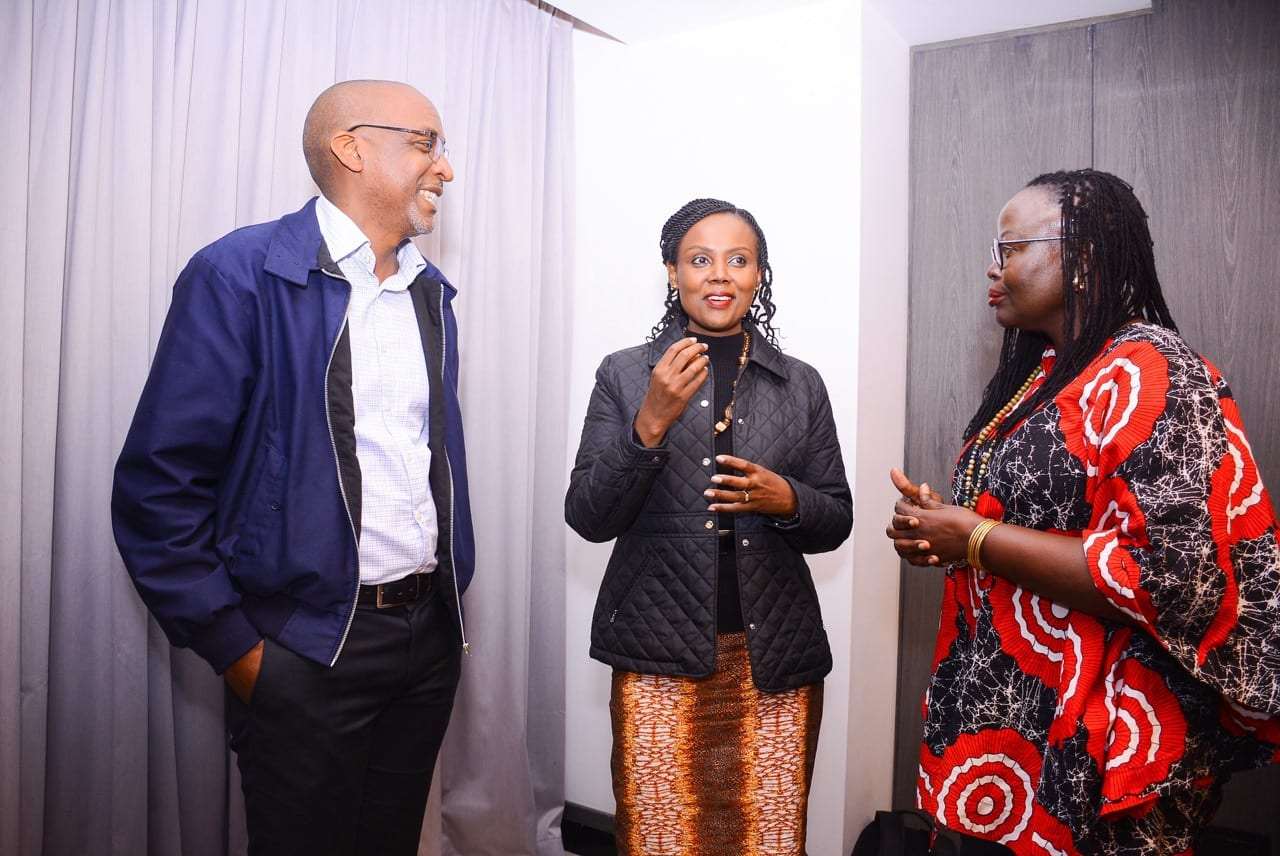Dr. Dimitriy Mihaylov, an associate professor at the National University of Singapore, Chief Scientific Officer of Farcana
Not so long ago, the world’s population had a first-hand experience with the true power of science.
After the World Health Organization (WHO) categorized COVID-19 as a pandemic on March 11, 2020, it took scientists less than a year to develop, test, and launch the first vaccines across multiple jurisdictions. Consequently, jabs cut the disease’s death toll by 63%, saving an estimated 20 million lives in 2021 alone.
That said, COVID-19 vaccines are only among the handful of fortunate exceptions, as the current scientific research landscape has been inefficient and slow at tackling crucial challenges, solving crises, or revealing new, innovative solutions.
There are many reasons behind this phenomenon. For one, many scientists lack the motivation to work on new projects and innovations, carry out laboratory tests, or even publish their study results in industry journals. While the enormous bureaucracy significantly slows down progress, researchers are not fairly compensated for their valuable contributions in many countries.
Furthermore, there is a high demand for mass trials, yet they are challenging to execute in universities where potential participants are often limited to the students themselves. Of course, that group is too small for a large-scale study.
At the same time, while the needed capital can come from governments and non-profits to corporations, scientific funding is rarely transparent and often generates biased results.
And these are only some of the challenges the existing scientific research landscape faces, as I haven’t even mentioned the falsification of research data or the highly restricted access to intellectual property.
On the other hand, there is a lot of private capital accumulated within the digital asset industry that holders are ready to pour into innovative projects which aim to make the world a better place.
Even amid the current “Crypto Winter,” the combined cryptocurrency market capitalization increased by nearly $800 billion in the last five years. Furthermore, the total value locked (TVL) in decentralized finance (DeFi) apps surged from $430 million on September 27, 2019 to $54.5 billion on September 26, 2022.
Considering all this, what if I said we could combine the benefits of blockchain and science to make research projects more efficient, accessible, and transparent?
What Is Decentralized Science (DeSci)
Decentralized science (DeSci) is the union of two essences that have been incompatible before: blockchain and scientific research.
DeSci platforms leverage all the advantages of blockchain technology, such as the lack of intermediaries, transparency via a public ledger, trustlessness, smart contracts, and the option to benefit from instantaneous digital asset transactions.
As I see it, blockchain’s qualities can solve many of the existing scientific research landscape’s problems. For example, researchers no longer need to dedicate up to 50% of their time to writing grants and waiting several months (or even years) for a decision to be made on their applications, with no guarantees on the chances of success.
Instead, there are numerous DeSci funding models, from quadratic funding to tokenized incentives and DAO-managed funds, making the process fast and efficient. At the same time, while scientists receive capital through crowdfunding, all funding-related decisions are made online and transparently by the members of decentralized autonomous organizations aimed to solve individual research challenges.
In addition, experimental mechanisms (such as raising capital through the NFT) are being developed to provide a source of funding or income for scientists. Simultaneously, DeSci platforms leverage token rewards and other benefits to incentivize involvement in important research-related activities like peer-reviewing, publishing, or clinical test participation.
How Can Researchers Raise Funds Via DeSci Platforms?
I introduced you to the concept of decentralized science. Now, let’s see how scientists can benefit from it by raising funds on a DeSci platform:
- The scientist registers on the platform and creates a profile for himself.
- He creates a project and shares all the details of his plans (such as the overall concept, as well as the time and the funding he needs to conduct the study) with investors on the DeSci platform.
- After the project is created, the community will discuss and vote on whether to support the researcher’s initiative. In case members do, they distribute the necessary funding to the scientist in digital assets via the DeSci platform.
- With the necessary funding, the scientist starts his work on the research project in collaboration with his university and volunteers from the community.
- When the project is complete, the scientist shares his results and insights with investors and other stakeholders.
It’s important to mention two key components here. One is IP-NFTs, a new standard for representing full legal intellectual property rights and data access control for scientific research.
In short, an IP-NFT enables researchers to raise funds at an early stage without a patent or creating a startup, collaborate with project participants on tasks, get attention through NFT marketplaces, and access new forms of monetization via data marketplace platforms.
The experiment results are instantly sent to the IP-NFT, which can be issued either to the patent resulting from the research or to the experiment’s data. All the information is stored in a blockchain.
There are three ways of commercialization via IP-NFT:
- Selling the data in aggregated form to large gaming platforms (example: EA Sports), revenue split between DeSci-platform and players,
- Licensing a patent for the production of certain inventions to companies (example: the computer mouse is licensed for production by Logitech),
- Creating a separate company that gets the copyrights and patents, e.g., in the form of DAO, then spin-offs get revenue, pay dividends, the company is sold, and investors get their dividends.
FRAND (fair, reasonable, and non-discriminatory terms) is a form of licensing that enables standard-essential patent (SEP) owners to challenge the illegal utilization of their inventions in court and receive financial benefits when someone uses them.
At the same time, holders must share their IPs at a fixed, established price with everyone who wants to use it. Interestingly, while FRAND’s history dates back to long before the inception of blockchain technology, I believe its general idea aligns with the core principles of the Web3 world.
In summary, IP-NFTs, along with FRAND, allow scientists, inventors, and entrepreneurs to possess their ideas without dedicating a massive amount of resources to achieve this goal. For that reason, the two concepts should be an integral part of every DeSci platform, as it is the only way to prove the ownership of intangible assets in the decentralized ecosystem.
The Road to Efficient Scientific Research
Decentralized science has great potential to solve the most crucial problems researchers face in the current landscape. With IP-NFTs, FRAND licensing, and the blockchain, DeSci can make research projects significantly more efficient and accessible, as well as beneficial for scientists, volunteers, and other participants.
For these reasons, it’s not surprising to see that many scientists have already appreciated the significance of the DeSci trend, mostly in the pharma and biotech spheres.
However, while I admit that DeSci is still very new with much room to grow, society needs to popularize this idea among a broader circle of researchers from other fields.






